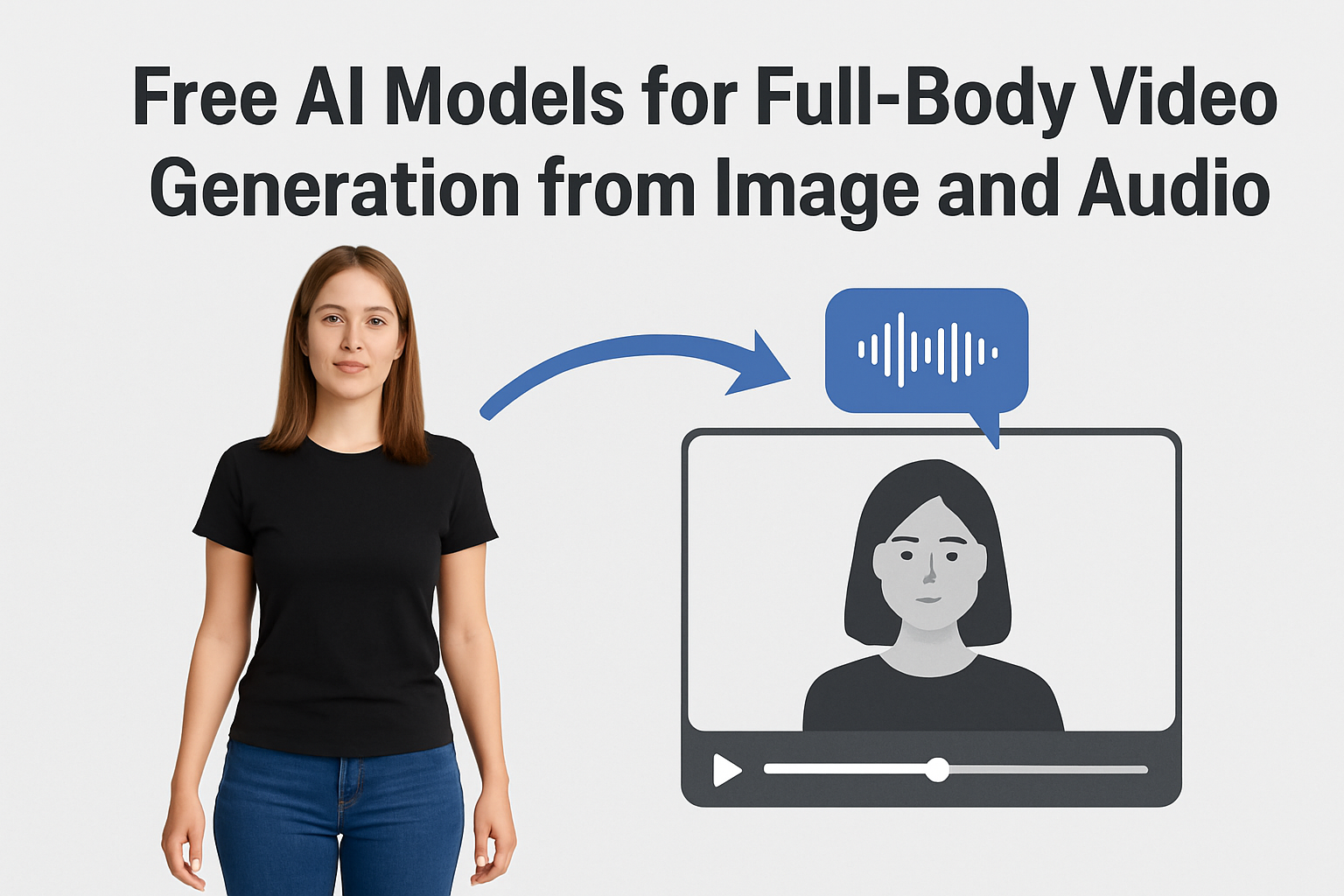New Treatment Developments in Aging: Innovations and Advancements
Introduction
Aging is a complex biological process that impacts various systems in the body, leading to decreased functionality and increased susceptibility to diseases. Recent advances in medical science and technology have introduced promising treatments and strategies aimed at mitigating the effects of aging and enhancing quality of life for older adults. This article explores the latest developments in aging treatment, including cutting-edge research, therapeutic innovations, and future prospects.
1. Senescence Cell Clearance
Overview:
Senescence cells, or “senescent cells,” accumulate with age and contribute to inflammation, tissue dysfunction, and age-related diseases. Clearing these cells has emerged as a promising strategy to combat aging.
Recent Developments:
- Senolytics: Drugs designed to selectively target and remove senescent cells are being developed. Examples include Dasatinib and Quercetin, which have shown potential in preclinical studies and early clinical trials.
- Research Findings: Studies have demonstrated that removing senescent cells can improve tissue function and extend lifespan in animal models.
Future Prospects:
Continued research aims to refine senolytic therapies and identify additional targets for senescence-related interventions.
2. Gene Therapy and Genetic Engineering
Overview:
Gene therapy involves altering genes to treat or prevent diseases. In the context of aging, genetic engineering is used to address age-related genetic damage and enhance cellular function.
Recent Developments:
- CRISPR/Cas9: This gene-editing technology allows precise modifications of the genome. Applications in aging research include correcting genetic mutations associated with age-related diseases and rejuvenating cells.
- Gene Therapy Trials: Clinical trials are exploring gene therapies to treat conditions like age-related macular degeneration and muscular dystrophy.
Future Prospects:
Advancements in gene-editing techniques hold promise for reversing age-related genetic damage and improving overall health.
3. Stem Cell Therapy
Overview:
Stem cell therapy involves using stem cells to repair or replace damaged tissues and organs. This approach has significant potential for treating age-related degenerative conditions.
Recent Developments:
- Regenerative Medicine: Stem cells derived from various sources, such as bone marrow or induced pluripotent stem cells (iPSCs), are being investigated for their ability to regenerate tissues and improve function.
- Clinical Trials: Ongoing trials are assessing the efficacy of stem cell therapies in treating conditions like osteoarthritis, heart disease, and neurodegenerative disorders.
Future Prospects:
Future research focuses on optimizing stem cell therapies, enhancing safety, and developing personalized treatment approaches.
4. Anti-Aging Pharmaceuticals
Overview:
Pharmaceuticals targeting the underlying mechanisms of aging are being developed to delay the onset of age-related diseases and extend healthy lifespan.
Recent Developments:
- Rapamycin: Originally developed as an immunosuppressant, Rapamycin has shown potential in extending lifespan and improving health in animal models.
- NAD+ Boosters: Compounds like Nicotinamide Mononucleotide (NMN) and Nicotinamide Riboside (NR) aim to boost levels of NAD+, a molecule involved in cellular energy production and repair.
Future Prospects:
Ongoing research seeks to validate the effectiveness of these pharmaceuticals in humans and explore new drug targets for aging-related interventions.
5. Lifestyle and Dietary Interventions
Overview:
Lifestyle and dietary changes play a crucial role in aging and overall health. Recent developments focus on understanding how specific interventions can influence aging processes.
Recent Developments:
- Caloric Restriction: Studies continue to investigate the effects of caloric restriction and intermittent fasting on lifespan and healthspan.
- Microbiome Research: Research into the gut microbiome suggests that maintaining a healthy microbiome may influence aging and age-related diseases.
Future Prospects:
Future research aims to refine dietary recommendations and lifestyle interventions for optimal aging and health.
6. Artificial Intelligence and Digital Health
Overview:
Artificial intelligence (AI) and digital health technologies are increasingly used to monitor and manage aging-related conditions, offering personalized and proactive care.
Recent Developments:
- AI Algorithms: AI is being used to analyze vast amounts of health data to predict age-related diseases, optimize treatments, and personalize care plans.
- Wearable Technology: Devices that track vital signs, physical activity, and other health metrics are improving disease management and early detection of health issues.
Future Prospects:
AI and digital health technologies are expected to become integral components of aging research and personalized health management.

Conclusion
The field of aging research is rapidly evolving, with significant advancements in treatments and interventions aimed at improving quality of life and extending healthy lifespan. From senescence cell clearance and gene therapy to stem cell treatments and AI-driven health management, these innovations hold promise for addressing the challenges of aging and enhancing overall well-being. Continued research and development will be crucial in realizing the full potential of these treatments and ensuring their effectiveness in clinical practice.









